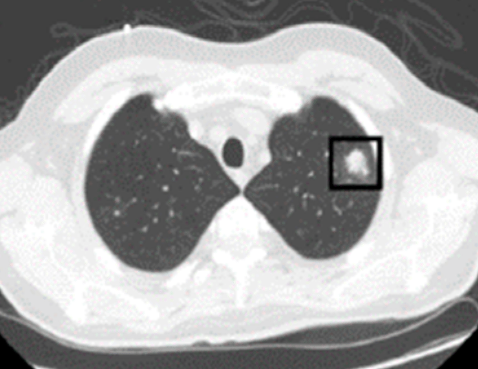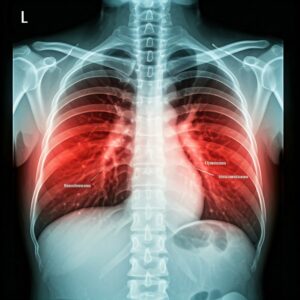
The U.S. Preventive Services Task Force (USPSTF) is an independent expert group providing evidence-based recommendations on disease prevention. They review a large body of literature, analyze the available data, and then generate recommendations covering a broad spectrum of topics. For instance, whether or not taking aspirin daily prevents heart diseases, screening for depression in the general population, different tools for colon cancer screening, and screening for lung cancer among individuals smoking cigarettes, et. Al..
In 2021, the USPSTF recommended “annual screening for lung cancer with low-dose computed tomography (LDCT) in adults aged 50 to 80 years who have a 20 pack-year smoking history and currently smoke or have quit within the past 15 years.” The data from clinical trials indicated that LDCT screening reduced lung cancer mortality by 20-30%. The performance of LDCT screening in the real world depends on patient adherence and smoking behavior; nevertheless, it has improved the early detection of lung cancer overall. As a coin has two sides, LDCT also reveals more false positive findings, leading to increased radiation exposure or invasive investigations, such as biopsies.
Compared to the previous recommendation released in 2013, the current recommendation expanded the age range from 55-80 years to 50-80 years and reduced the pack-year eligibility from 30 pack-years to 20 pack-years. The expansion of eligibility is based on new evidence with the hope of benefiting more current and former smokers. However, it also means that more people will go through the process of investigating false positive findings on LDCT.
Lung nodules are the most common abnormal findings on LDCT. They appear as white or gray dots on CT images. Under normal circumstances, the lung is filled with air, which has very low density and is presented as black on CT images. Blood vessels and airways pass through the lung field, appearing as white dots or lines due to high density. When cells begin to occupy the space where air should reside, the density in that area increases. The denser the area, the whiter it appears on CT images. Therefore, when LDCT shows a lung nodule, it indicates that a group of cells has begun to gather and grow together, but it does not reveal the exact cause of this finding.
When evaluating a lung nodule, the goal is to identify a dangerous nodule. Generally, a nodule that may potentially affect your health is considered “dangerous”. Cancer, infection, and autoimmune disease fall into this category. Some nodules may be related to previous infections or inhalation of small particles, such as coal or silica. They could remain stable for years without significant impact on lung function.
To determine whether a nodule is dangerous, several factors need to be evaluated. First of all, doctors need to consider the patient’s age, smoking history, use of inhalation products, environmental factors, medical history, and family history. Older individuals have a higher chance of developing cancer, which is why lung cancer screening focuses on a specific age group. Smoking cigarettes increases the risk of lung cancer by 15 to 30 times, and this risk persists for up to 15 years after smoking cessation. Family history is also crucial; certain genetic backgrounds may predispose families to early-onset lung cancer, especially when combined with smoking. Additionally, specific medications, such as methotrexate, can cause lung nodules.
Secondly, the pattern of the lung nodule on CT images provides crucial clues. A nodule greater than 1cm in diameter may be more likely to be cancerous, as the size of the nodule is correlated with the likelihood of cancer. Nodules with irregular outlines are more likely to be malignant compared to those with regular edges. The density of the nodule provides important information when determining whether a biopsy is warranted. However, none of the above factors provide a definitive diagnosis. When suspicions of lung cancer are high, a biopsy remains the gold standard for making a cancer diagnosis.
Lastly, changes in the nodule over a short time frame can be the key to determining the next step. The major difference between cancer and non-cancerous growth is the speed of cell growth and whether it is regulated by the immune system. Cancer cells tend to grow rapidly and evade immune regulation. On average, it takes about 4-5 months for most lung cancers to double in size. Sometimes, doctors recommend repeating an LDCT within several months to monitor nodule growth, differentiating fast-growing cancer from benign nodules. The fast growing nodule will need more aggressive management.
I hope this article answers your questions about lung nodules. In the event of finding lung nodules on your chest CT, do not panic. Instead, stop smoking anything, including cigarettes, marijuana, and electronic cigarettes. Consult a pulmonologist for a thorough evaluation, and remember that most nodules turn out to be benign.



